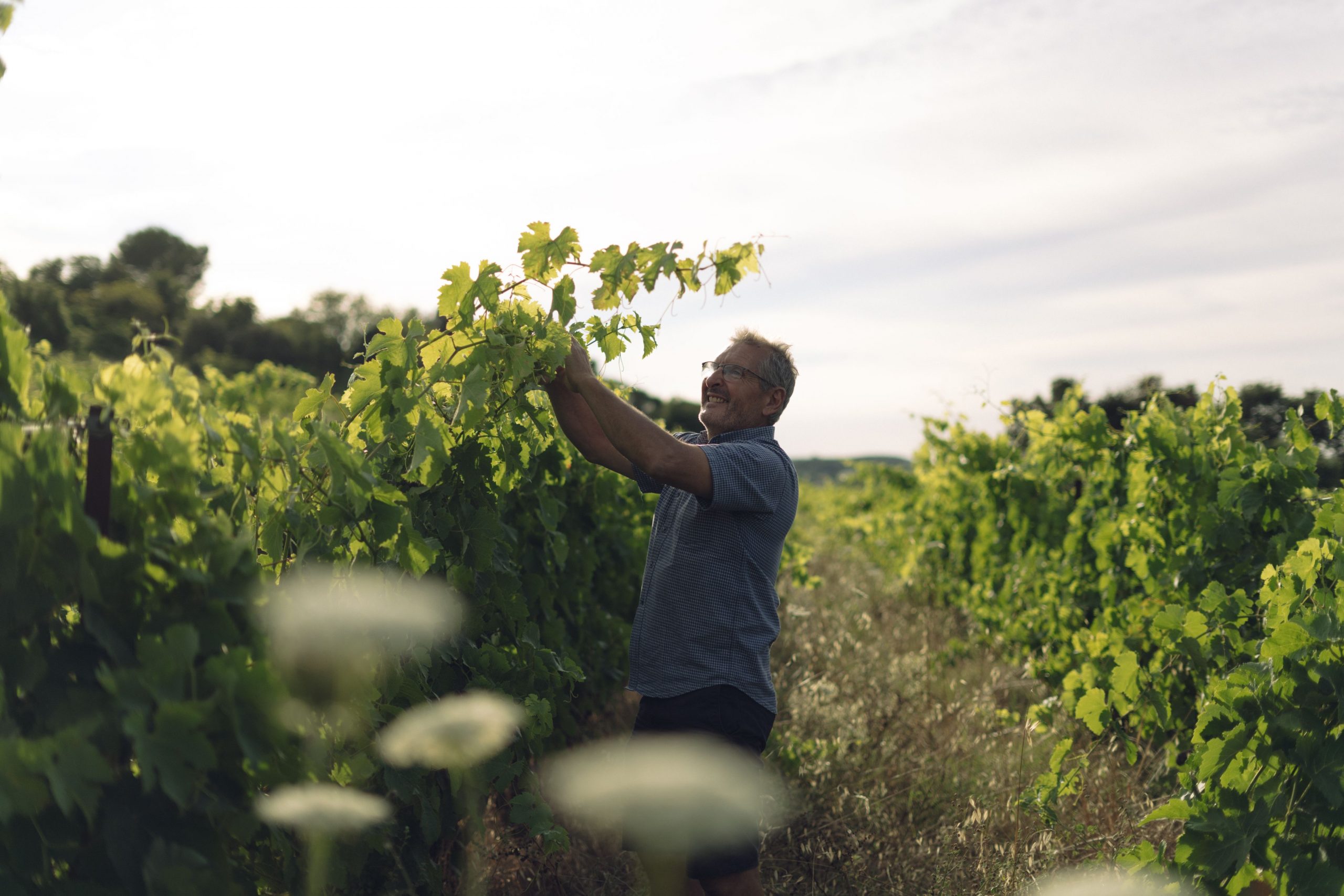As global temperatures rise, the latitudinal range in which winemaking is both economically and biologically possible shifts, and the European “wine belt” gradually moves towards the Arctic Circle. As a consequence, changing climates are devastating centuries-old wine regions in southern Europe and prompting winemakers and oenologues to sow new vines in Nordic countries, at latitudes where wine production was previously thought impossible.
That is the finding of a cross-border investigation that exposes how EU-wide policies are inhibiting the wine industry from adapting to the climate crisis, even as viticulture acts as a canary in the coal mine of agriculture.
In Murviel-lés-Montpellier in the French Mediterranean, where yields have fallen by 25-30 percent since the 1990s, winegrowers are forced to stray from traditional grape varieties and innovate with new vines to adapt to climate change.
Since the early 2000s, small wineries have cropped up in Scandinavian countries such as Denmark and Sweden, where warming temperatures have made conditions more favourable to grape cultivation. Here, there are no standards regarding process, variety or quality of wine, making it a “Wild West” of sorts where winemakers and oenologues can experiment however they want.
Many have found that the use of “piwi” grapes — hybridizations of Europe’s traditional Vitis vinifera grape with other wild grape species originating from North America or Asia — has been the key to successful harvests in cold climates.
According to PIWI International, a working group based in Switzerland that promotes the use of piwi grapes worldwide, 95 percent of the wine produced by Sweden’s 200 vineyards comes from this hybridized variety.
While climate change has had diverse impacts on winemakers, depending on their latitude, in both the north and the south, vineyards struggle with antiquated policies and restrictions.
In France, the bodies that regulate viticulture and wine production are slow to catch up with the changes the industry is facing. Rules imposed by the Institut National des Appellations d’Origine (INAO) establish requirements related to grape varieties, production per hectare, pruning conditions and vine spacing, which in turn limit the level of innovation winemakers can implement to palliate the negative impacts of warming temperatures and try an preserve their vineyards.
In Sweden, where many vineyards receive a steady stream of income through visiting tourists, a state-run alcohol monopoly, Systembolaget, prevents vineyards from selling bottles directly to consumers, hindering small-scale winemakers’ options for getting their products to market.
The European wine industry, which produces nearly two-thirds of the world’s wine, will greatly change over the next few decades, both in consistency and geography, this investigation suggests.
But only with climate-conscious policy changes attuned to local needs will these changes be able to benefit — rather than further jeopardize — winemakers and wine communities, experts say.
The team comprised freelance investigative journalists Soledad Domínguez, Cush Rodríguez Moz and Polina Bachlakov and photojournalists Berta Vicente Salas and Pau Coll.
See the first stories below. More coming soon.
